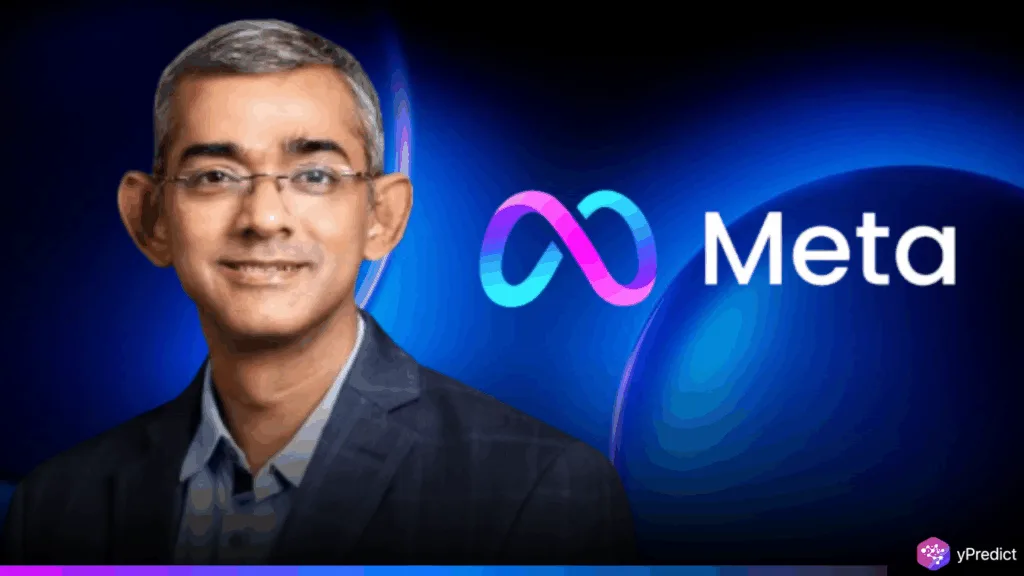
As content, commerce, and conversations converge on digital platforms, digital advertising in India is entering a transformative phase. Meta’s Arun Srinivas, Director and Head of Ads Business (India), shares key insights into how social discovery is evolving. He also highlights how the creator economy and AI tools are reshaping modern brand strategies.
The stakes are bigger than ever before for marketers, since 96% of social buyers interact with Meta platforms. Srinivas emphasizes that brands no longer compete solely on product characteristics but also on storytelling, personalization, and genuine creator-led interaction. These days, messaging apps like WhatsApp are a component of the conversion funnel, which makes consumer journeys more involved and seamless.
Social Commerce Is Changing the Game
Retail discovery is now social-first, with 8 in 10 shoppers finding products through social media. As a result, Meta prioritizes discovery over direct sales, allowing each brand to express its unique identity. This shift enables brands to engage users through creative storytelling, rather than just offering competitive pricing.
India has emerged as one of Meta’s largest markets by user base. Additionally, the digital advertising industry has exploded, now accounting for about 60% of total ad spend. Thus, India is rapidly catching up to more developed markets where digital accounts for 80% of sales. The rise of mobile internet, regional content, and video consumption fuels this surge.
Trends Shaping Meta’s Ad Future
Short videos, creators, and messaging apps are the three main trends that Meta believes are redefining the Indian digital landscape. Reels account for more than 60% of Instagram usage, making short-form video the primary medium for discovery. AI tools that assist in creating user-specific, relevant content feeds are also supporting this trend.
The creator economy in India is thriving, with vernacular and regional influencers gaining prominence. Furthermore, Srinivas notes that creators strengthen the bonds between brands and consumers by adding relatability. Beyond conventional media strategies, many corporations are now using influencer content in full-funnel campaigns.
WhatsApp and other messaging apps are being used for more than just chats. They are increasingly used by businesses to interact with customers during the product discovery process, respond to their questions, and even provide discounts. Additionally, campaigns like Croma’s that use QR codes to start WhatsApp chats are promoting online engagement and in-store foot traffic.
AI Tools Drive Smarter Digital Advertising Results
AI tools are becoming central to campaign optimization and ad creation. Srinivas shares how BigBasket used generative AI to build ad sets that outperformed human-made ones by up to 4% in click-through rates. This shows how AI can scale and refine creative output.
Brands across sizes are now testing and learning from AI-led experiments. AI tools are assisting marketers in making more intelligent choices, from selecting better images to enhancing targeting and delivery. Therefore, this technology will change how marketers approach interaction and storytelling on digital platforms as it becomes more widely used.
Looking ahead, conversational commerce is likely to expand further. While not a replacement, it adds another layer to the customer journey. Especially for complex or high-ticket items, messaging apps enable guided discovery, bridging digital outreach with offline action.
Final Verdict
Artificial intelligence (AI) is more than just a trendy term in today’s quickly changing digital landscape; it is a business advantage. The blend of short videos, creators, and messaging apps will continue to drive discovery and engagement. Therefore, the potential to scale, personalize, and convert will only increase as more brands use AI tools.






